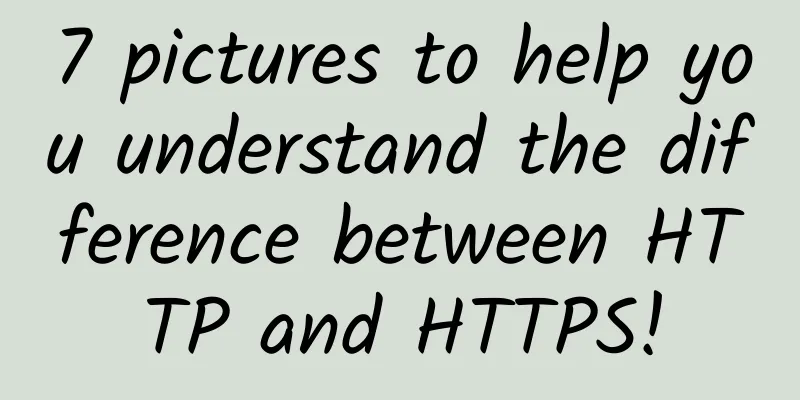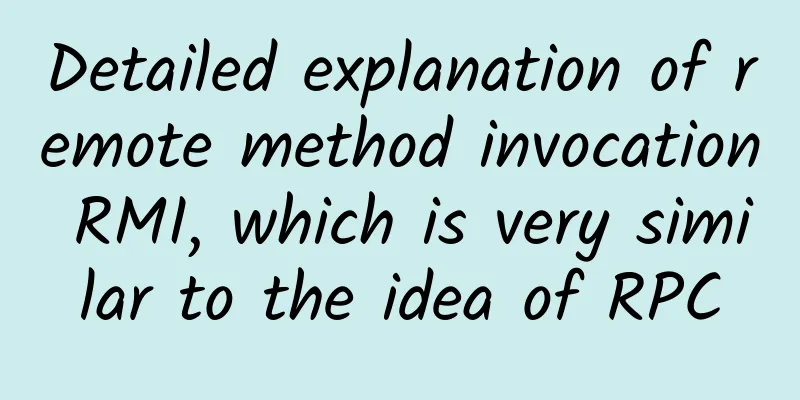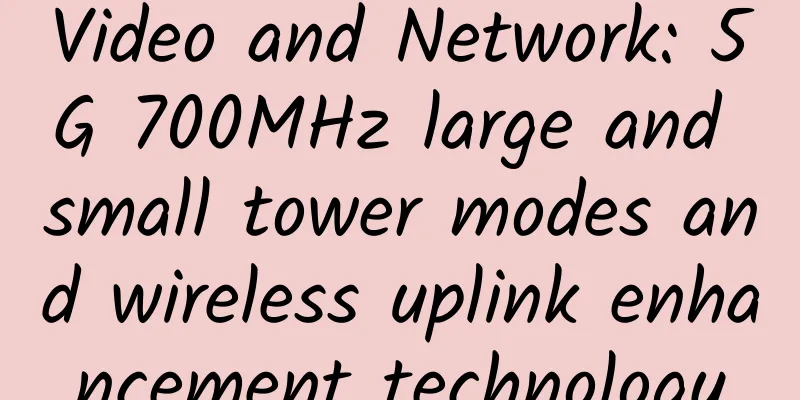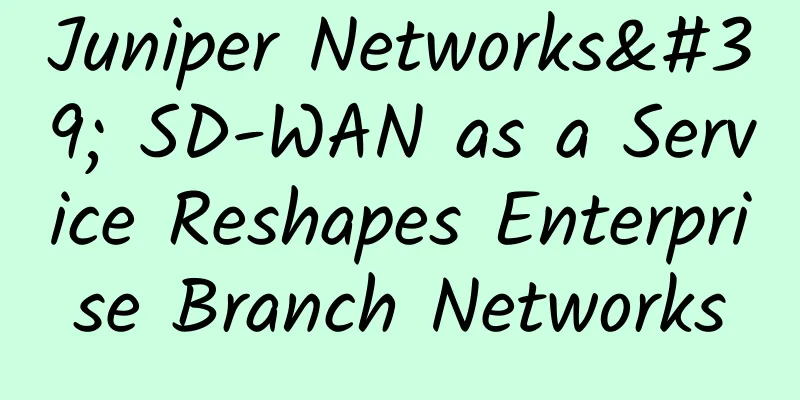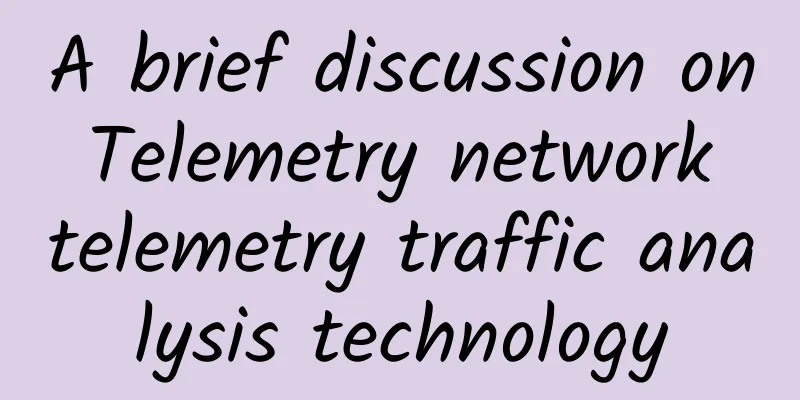Interviewer: What are the ways of communication between components in React?

|
This article is reprinted from the WeChat public account "JS Daily Question", the author is Huihui. Please contact the JS Daily Question public account to reprint this article. 1. What isWe can split the communication between components into two words:
Looking back at the Vue series of articles, components are one of the most powerful features of Vue, and componentization is also the core idea of React. Compared with Vue, React's components are more flexible and diverse, and can be divided into many types of components in different ways. Communication refers to the process by which a sender transmits information to a receiver in a certain format through a certain medium in order to achieve a certain purpose. In a broad sense, any information traffic is communication. Communication between components means that components transmit information in some way to achieve a certain purpose. 2. How to communicateThere are many ways to transfer components, which can be divided into the following according to the sender and receiver:
Passing from parent component to child component Since the data flow of React is one-way, passing from parent component to child component is the most common way When the parent component calls the child component, it only needs to pass parameters in the child component tag, and the child component can receive the parameters passed by the parent component through the props attribute
Child component passes to parent component The basic idea of child component communication with parent component is that the parent component passes a function to the child component, and then gets the value passed by the child component through the callback of this function The corresponding code of the parent component is as follows:
The corresponding code of the subcomponent is as follows:
Communication between sibling components If the data is transferred between sibling components, the parent component acts as an intermediate layer to achieve data intercommunication.
Passing from parent component to descendant component It is a common thing for a parent component to pass data to its descendant components, just like global data. Using context provides a way for components to communicate with each other, so that data can be shared and other data can read the corresponding data. Create a context by using React.createContext
After the context is successfully created, the Provider component exists under it to create the data source, and the Consumer component is used to receive data. The usage examples are as follows: The Provider component uses the value attribute to pass data to descendant components:
If you want to get the data passed by the Provider, you can receive it through the Consumer component or use the contextType property, which are as follows:
Consumer component:
Non-relational component transfer If the relationship between components is complex, it is recommended to manage the data in a global resource to achieve communication, such as redux. The use of redux will be introduced in detail later. ConclusionSince React is a one-way data flow, the main idea is that components will not change the data they receive, but only listen for changes in the data. When the data changes, they will use the new value they received instead of modifying the existing value. Therefore, it can be seen that during the communication process, the storage location of the data is stored in the parent location References https://react.docschina.org/docs/context.html |
<<: A brief history of the development of the iSCSI storage protocol
>>: Viavi: Global 5G deployments to grow by more than 20% in 2021
Recommend
The current status of 5G and new initiatives of the three major telecommunications operators
After entering 2021, the movement of 5G construct...
What did Chinese operators show the world at the Winter Olympics?
This Winter Olympics is full of technological con...
What exactly is “split brain” in distributed systems?
[[413929]] This article is reprinted from the WeC...
Physical layer security technology for industrial wireless networks
1. Industrial wireless network development and se...
Wi-Fi 6 will be widely popular this year, and Wi-Fi 7 will be released next year: the speed can reach 40Gbps
Wi-Fi wireless network has become an indispensabl...
Maxthon Hosting: 56 yuan/month Hong Kong CN2-2GB/40G SSD/300GB/15M Bandwidth
Aoyo Zhuji is one of the foreign hosting services...
A complete manual for troubleshooting network problems. You will never be afraid of problems again after reading this.
[[257179]] 1. Network complexity General network ...
Why are 4.3 billion IPv4s not enough? (IPv6 should take the blame for IPv4)
As we all know, the so-called IP address is a 32-...
Why is HTTPS protocol secure?
1. What is HTTPS protocol security? As we all kno...
Industry insiders look at this: The history of 5G at the two sessions
[[327682]] A 5G+ holographic remote same-screen i...
LOCVPS: Hong Kong Kwai Wan/Kwai Wan High Defense #2 lifetime 35% off, 20% off for all items
In order to welcome the Double 12 shopping festiv...
PebbleHost: $19.99/month-E3-1220v2/8GB/480G SSD/1Gbps unlimited traffic/UK server
PebbleHost is a foreign hosting company founded i...
China Mobile's July data shows sharp decline in users is still accelerating
Recently, China Mobile released its operating dat...
Which of the three major operators has the highest user complaint rate? This data tells you
Recently, the Carrier World Network and the China...
By 2026, NB-IoT market size will exceed US$31.9 billion
According to a Valuates report, the global narrow...
